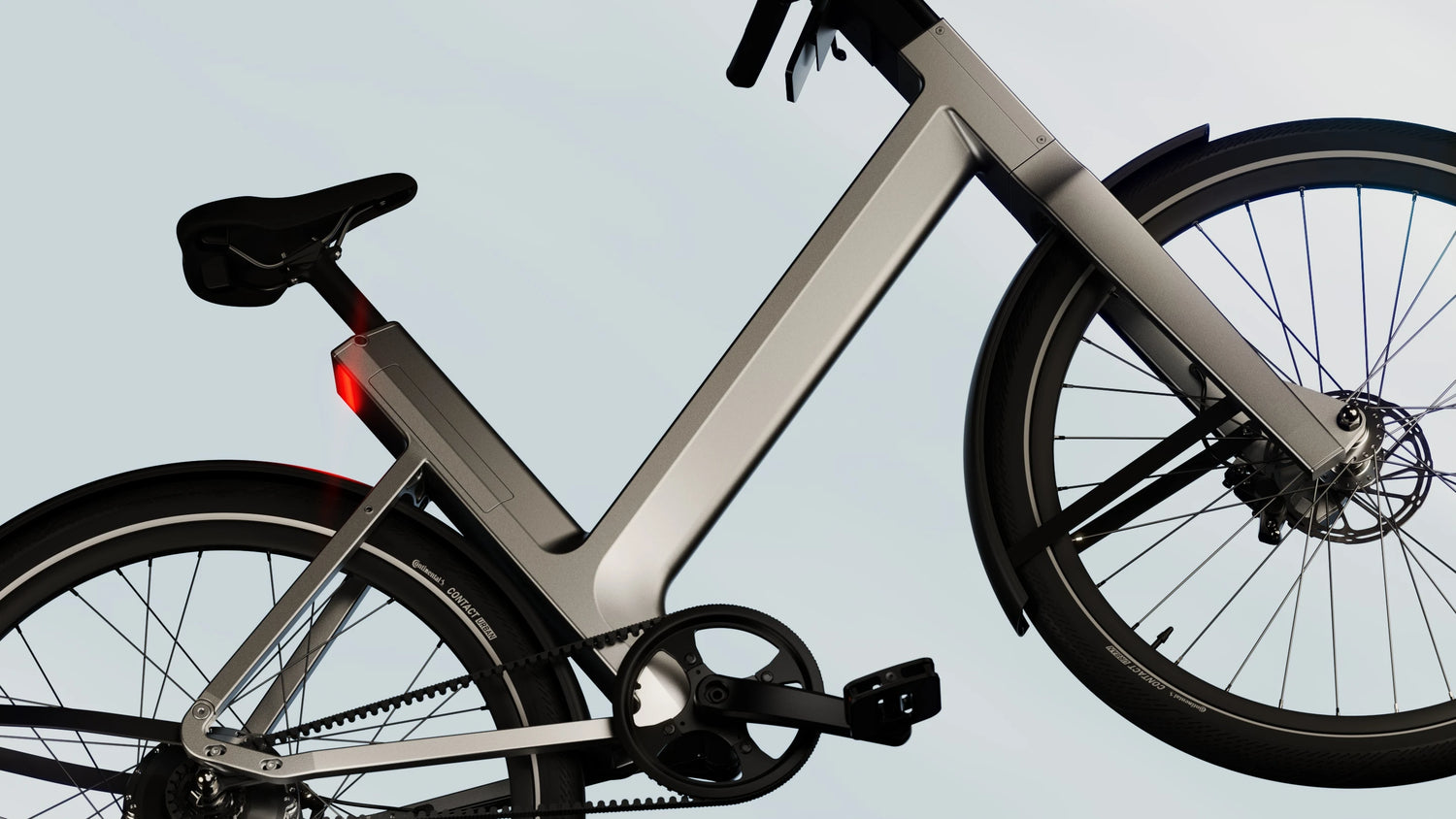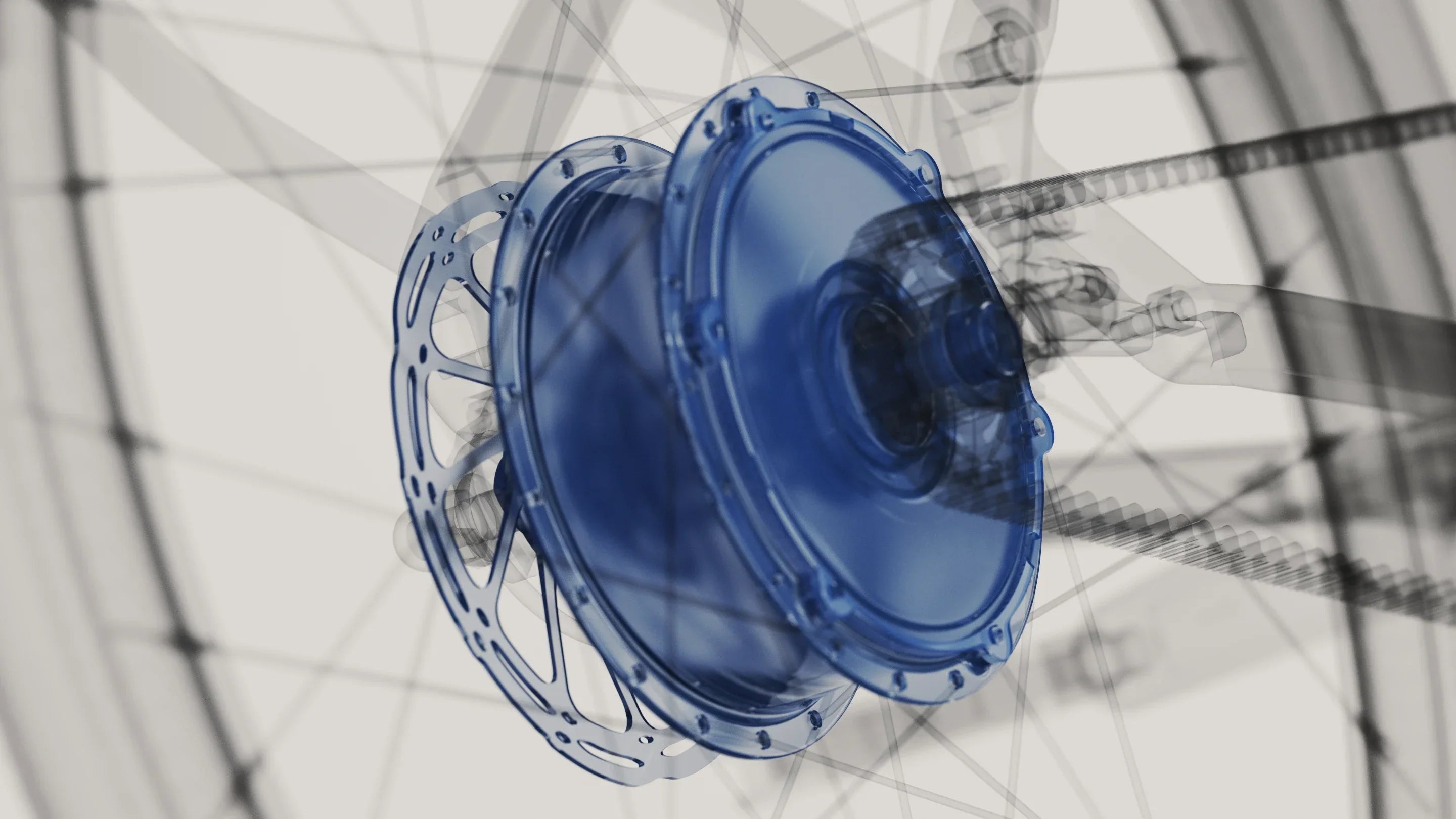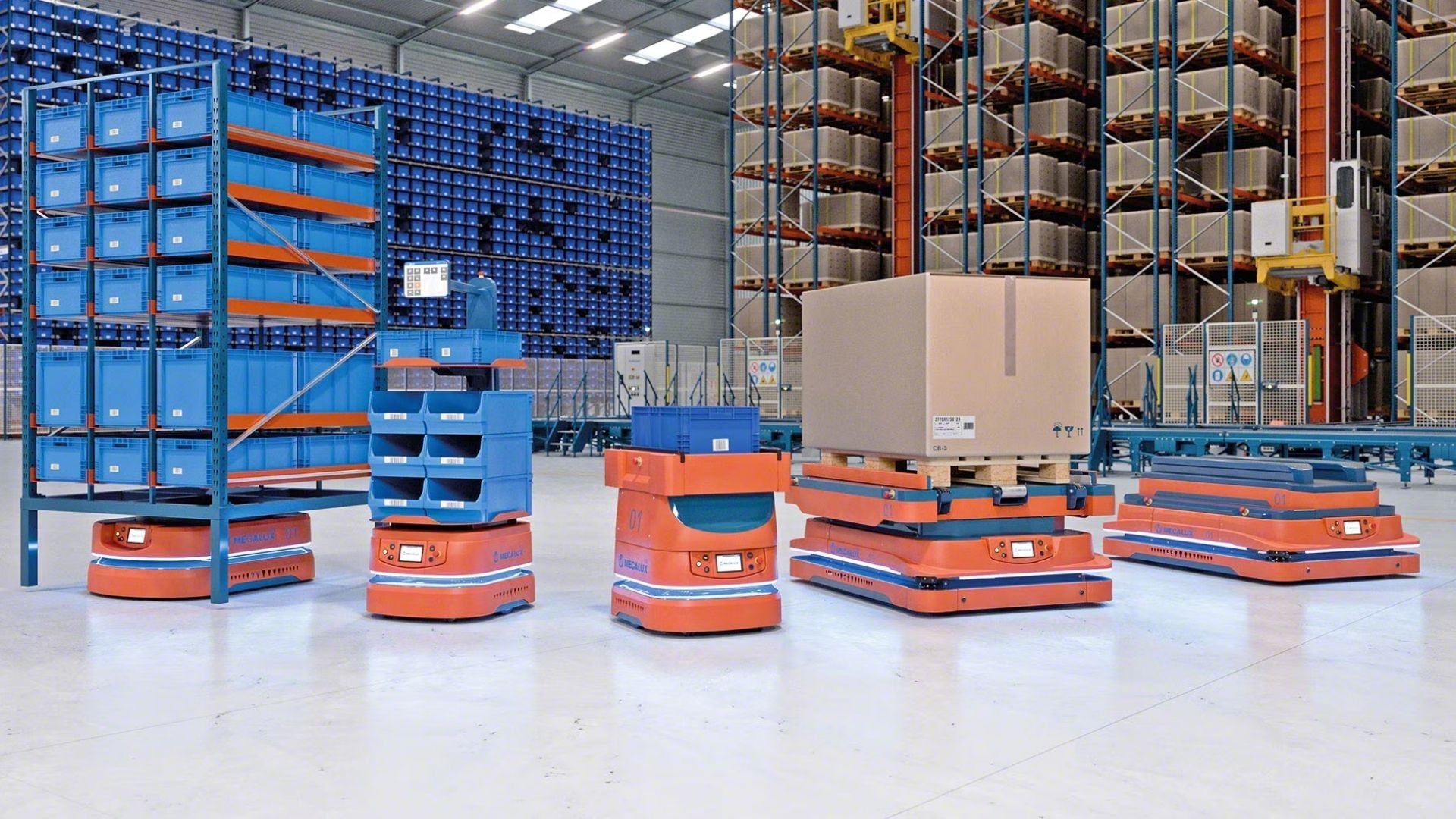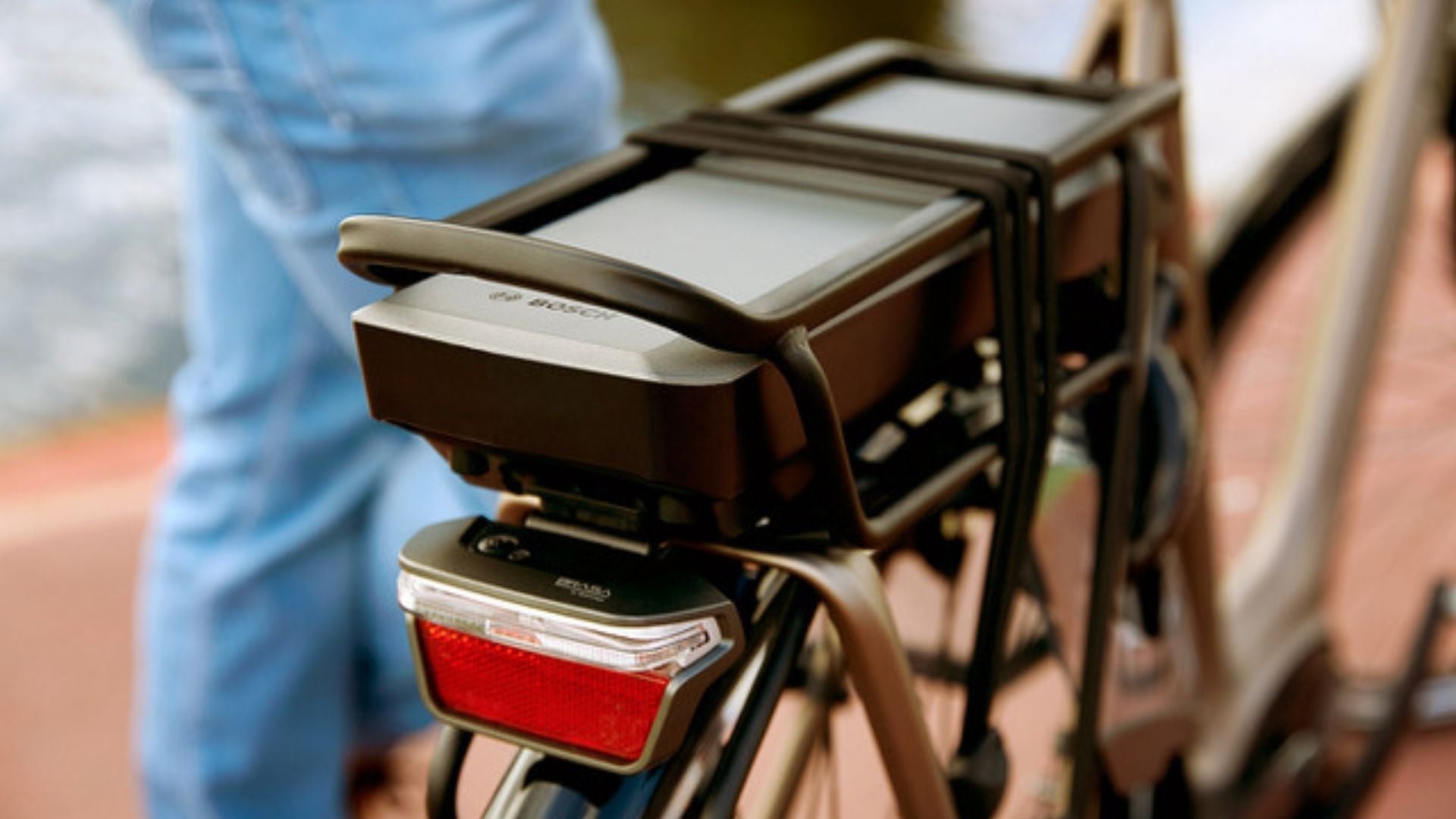Do you own an electric bike or are considering one, and have questions about its maintenance? Let us guide you
Regular maintenance of an electric bike is of paramount importance to ensure its longevity and guarantee an optimal riding experience. Just like traditional bicycles, an electric bike requires special attention to maintain its proper functioning and performance, with a few additional elements specific to the different specificities of an e-bike: motor, battery, electronics, etc.
By taking care of the various components and carrying out periodic checks, you can prevent premature wear and tear on your bike and also increase its lifespan. With this in mind, understanding the importance and benefits of regular maintenance is essential for any user who wants to get the most out of their electric bike.
Understanding your electric bike and its specific features
Although an electric bike is similar to a traditional bicycle, it's expensive, which makes it worth taking care of. The main difference with a traditional bicycle lies in the use of a motor and battery to provide electric assistance. There are also some differences in the brakes, which are generally more powerful, whether disc or rim brakes, to accommodate the bike's higher speed. Other technologies may also be included, such as an integrated display, supercapacitors, or lights. 
The motor, the heart of the propulsion, is one of the key components of an electric bike. It provides the necessary pedaling assistance. It is responsible for propelling the bike by converting electrical energy from the battery into motion. In the case of hybrid bikes, it is responsible for recovering energy during braking to recharge the electric bike's battery. It can be located in the hub of the front wheel, the rear wheel, or at the bottom bracket.
The brakes

Another of the most important and most used components of the bicycle are the brakes. Since the speed of the bicycle is higher than that of a conventional bicycle, braking is inherently more powerful and more frequently used. This repeated use can gradually wear them out.
Regular maintenance of an e-bike's brakes is essential to extend their lifespan and avoid complete replacement. An e-bike can be equipped with rim brakes or disc brakes. Disc brakes use special pads to brake or slow the e-bike by clamping a rotating disc attached to the wheel. Rim brakes, on the other hand, stop and slow the wheel by applying pressure directly to the wheel rim.
When it comes to brake maintenance, the method varies depending on the type. It is recommended to bleed your brakes every 2 years.
-
For bicycle disc brakes, an annual or bi-annual bleed is recommended to ensure proper long-term operation. Fresh fluid helps maintain piston efficiency and extend seal life.
-
When brakes show signs of malfunction, such as decreased responsiveness, unusual noises during hard braking, or loss of bite, it's time to take action.
- For rim brakes, a simple visual inspection can determine their state of wear. If the surface of the pad is smooth and free of wear indicators, it is necessary to replace it. It is recommended to replace the pads in pairs to ensure optimal braking and maximum safety.
Bicycle brakes should be checked regularly, paying particular attention to the brake pads and levers before each ride. Brake cables and rotors, on the other hand, require more thorough checks, which can be done every six months to a year.
The battery

The battery is the electric bike's power supply , storing and delivering the electricity needed by the motor. The battery's capacity determines the bike's range, i.e., the distance you can travel before needing to recharge. Lithium-ion batteries are commonly used in electric bikes due to their light weight and ability to provide consistent power. Unfortunately, traditional batteries weigh between 2 and 4 kg, which can quickly become cumbersome. Also, charging is done via a brand-specific charger. Some batteries, like the Anod battery, buck this variability, offering lighter batteries that are compatible with universal USB-C chargers.
|
Characteristic |
Anod Battery |
Typical market batteries |
|
Weight |
650g |
2-3 kg (4x heavier) |
|
Charging interface |
USB-C |
Mainly with proprietary chargers |
|
Additional functions |
Can be used as an external battery for smartphones |
Rarely |
|
Included charger powers |
Anod 65W Mini Charger |
Varies, often less powerful |
|
Place of manufacture |
France |
Varies, often in Asia |
|
Ability |
80Wh |
300-700Wh |
|
Full charge time |
1h15-1h30 |
3-6 hours |
|
Autonomy |
30-70km |
40-100km |
The electrical & electrical system
An e-bike's electrical system includes all the cables, connectors, and controls that connect the motor, battery, and other components. It allows you to control the motor's power, change the electric assistance levels, and display various data such as speed, distance traveled, and charge level. Acceleration information is transmitted directly to the motor via the electrical system.
Although these items are designed to be low maintenance, it is essential to exercise caution when cleaning other parts of the bike to avoid damaging them.
The Basics of Electric Bike Maintenance
General cleaning
Maintaining your bike regularly helps extend its lifespan. Regularly removing dirt and dust reduces wear and tear on its parts. Here are some tips that can make your job easier:
- Make sure to disconnect the battery before starting cleaning. This will prevent any risk of short circuit or electrical damage.
- Use warm water and a mild detergent to clean the frame and other parts of the bike.
- Use a sponge or soft brush to remove dirt and stubborn stains.
- Take care to protect sensitive electrical components such as the motor, controller and electrical connections.
- For hard-to-reach areas, such as brakes or derailleurs, use a toothbrush or a special bicycle brush to clean them thoroughly.
- Use a clean, dry cloth to wipe down all parts of the bike, making sure to remove all traces of moisture.
- Once the bike is completely dry, you can reconnect the battery and check that all electrical components are working properly.
For more tips, we recommend our guide on cleaning your e-bike .
Detailed maintenance routine
To keep your electric bike in good working order, it is essential to follow a regular maintenance process.
-
Check tire pressure regularly: It is recommended to check tire pressure once a week and keep it within the manufacturer's recommended range. For city e-bikes and hybrids, the recommended pressure is between 2.5 and 5 bar.
-
Inspect the brakes : Make sure the brake pads are not worn and that they are properly aligned with the rims. You can visually check the condition of the pads: If they are very thin, worn to the limit, or even completely gone, it's time to replace them. You might also notice cracks or missing pieces on the pads, which is another sign of wear.
- Check the chain or belt and derailleurs regularly : Clean them regularly to remove accumulated dirt and grease in the case of a chain.
Inspect your e-bike's front and rear lights : Make sure they are working properly and that the batteries are sufficiently charged.
Contraindications
Certain precautions should be taken to ensure the safety and proper functioning of the electric bike after cleaning.
- It is not recommended to handle the electrical components of the bicycle without having the necessary knowledge.
- Avoid performing maintenance on an electric bike in the rain or in extreme weather conditions.
- It is also important not to use harsh chemicals when cleaning the bike.
- It is advisable to avoid high-pressure jets for deep cleaning your electric bike.
- It is essential to follow the manufacturer's instructions for maintaining your electric bike and not attempt to repair complex problems without professional help.
Battery Maintenance
After several years of use, the battery may show symptoms of degradation such as a reduction in its apparent power (we notice that its capacity decreases more quickly on journeys of the same distance), until the day when it no longer recharges at all.
The longevity of an e-bike battery is influenced by various factors such as the quality of its manufacture, the type of cells used, and its capacity. Typically, a well-maintained battery can withstand between 500 and 1,000 charge cycles, which often corresponds to several years of regular use. However, some battery technologies have managed to extend their lifespan by combining different power systems.
No matter what battery model you have, taking care of it is important. So here are some tips to extend the life of your battery and maintain its performance over time:
- Charge your electric bike battery properly.
- We recommend that you do not allow the battery to completely discharge before recharging it. Additionally, it is important not to allow the battery to completely discharge for extended periods of time, as this can damage its energy storage capacity.
- It is best to recharge it regularly, even if it is not completely empty.
- We recommend storing your electric bike battery in a cool, dry place when not in use.
- Avoid exposing it to extreme temperatures, as this may affect its performance.
- It is recommended to always use the battery charger provided by the manufacturer, unless using batteries compatible with universal chargers.
Checking and greasing components
To check the wear of mechanical parts, it is essential to carry out a quick inspection regularly.
- When it comes to lubrication, it is important to use the correct lubricant and follow the manufacturer's recommendations for lubrication frequency and amount.
- If your bike has a chain, it should be greased regularly. If your bike has a belt, no lubrication is necessary!
Chains are generally less durable than belts. Belts can support heavier loads and are less likely to derail due to the lack of a derailleur. The main advantage of a belt is that it's less messy than a chain. It doesn't require lubrication, so there's no risk of staining the part during maintenance. However, they are generally more expensive.
Chains, on the other hand, are quieter and require more maintenance because they're more prone to breakage. Don't worry, though; they can easily be replaced at a workshop, and if you maintain them properly, their lifespan can be extended. They're more sensitive to outdoor conditions such as sand, mud, or water.
It is therefore essential to choose the most suitable system according to your specific needs
Solving Common Problems
When you encounter problems with your electric bike, it is important to know how to identify and solve them yourself.
- First, make sure you regularly check your battery's condition. If you notice decreased battery life or charging issues, your battery may be faulty. In this case, you may want to consider replacing or repairing it.
- Next, check your bike's electrical connections. Make sure they are secure and that there are no damaged wires. If you notice any broken wires or loose connections, you can repair them yourself using the right tools.
- If you're experiencing braking problems, it's important to check the condition of your brakes. Make sure the brake pads aren't worn and are properly aligned with the rims. Adjust or replace them if necessary.
- Also, check your chain tension. A chain that is too tight or too loose can cause shifting problems. Use a chain tensioning tool to adjust the tension properly.
- Finally, don't forget to regularly check the condition of your tires. Make sure they are properly inflated and that there are no cuts or excessive wear. If you notice any problems, such as frequent punctures, you may want to consider replacing the defective tire.
When to call a professional?
It's important to know how to recognize the signs that an electric bike needs expert service or repair. If you notice that the battery isn't charging properly or that the motor's power is decreasing significantly, it's likely that adjustments or repairs are needed. Similarly, if you hear unusual noises while pedaling or feel abnormal vibrations , it's best to have your bike checked by a professional. If you notice that you're having trouble reaching your usual speed or that the battery life is decreasing abnormally, this is a clear sign that your electric bike needs expert service.
Recommended products and tools for maintenance
When you own an e-bike, it's essential to have the right tools on hand to perform regular repairs and maintenance. Here's a list of essentials you may already have at home.
First of all, a screwdriver set is essential, including Phillips and flathead screwdrivers. Next, a set of Allen keys in various sizes, up to 8 mm, is essential for precise adjustments on e-bikes.
Then, a pair of pliers comes in handy for many tasks, from tightening nuts to holding parts in place. A bike pump can be useful for dealing with punctures and keeping your tires at the right pressure.
The last recommended tool is a set of Torx keys, particularly the T25 Torx key, which is often used on e-bikes for specific components.
With these essential tools, you will be well equipped to maintain and repair your electric bike efficiently.
The Anod advantage: a bike designed for simplified maintenance

The Anod Hybrid bike was designed to make maintenance as simple as possible. To this end, it features a belt drive rather than a chain, increasing its durability and significantly reducing maintenance requirements. An additional benefit of using a belt is that it doesn't require lubrication, eliminating any risk of getting dirty during maintenance. Don't hesitate and book your Anod Hybrid test ride today.
Anod also offers a dedicated app that makes it easy to manage your e-bike's maintenance. This app not only includes automatic maintenance reminders, but also a personalized maintenance log. You'll receive reminders for oil changes, periodic checkups, and other necessary maintenance tasks. You can also record all maintenance performed on your bike, including dates, parts replaced, and repairs.
Conclusion
Regular maintenance of your e-bike is essential to ensure a safe and enjoyable riding experience. Regular maintenance extends the lifespan of your bike, ensures your safety on the road, and maximizes its performance. Adopting a regular maintenance routine is therefore essential to fully enjoy your e-bike. By taking care of your e-bike, you also help preserve the environment by promoting an eco-friendly mode of transport.





